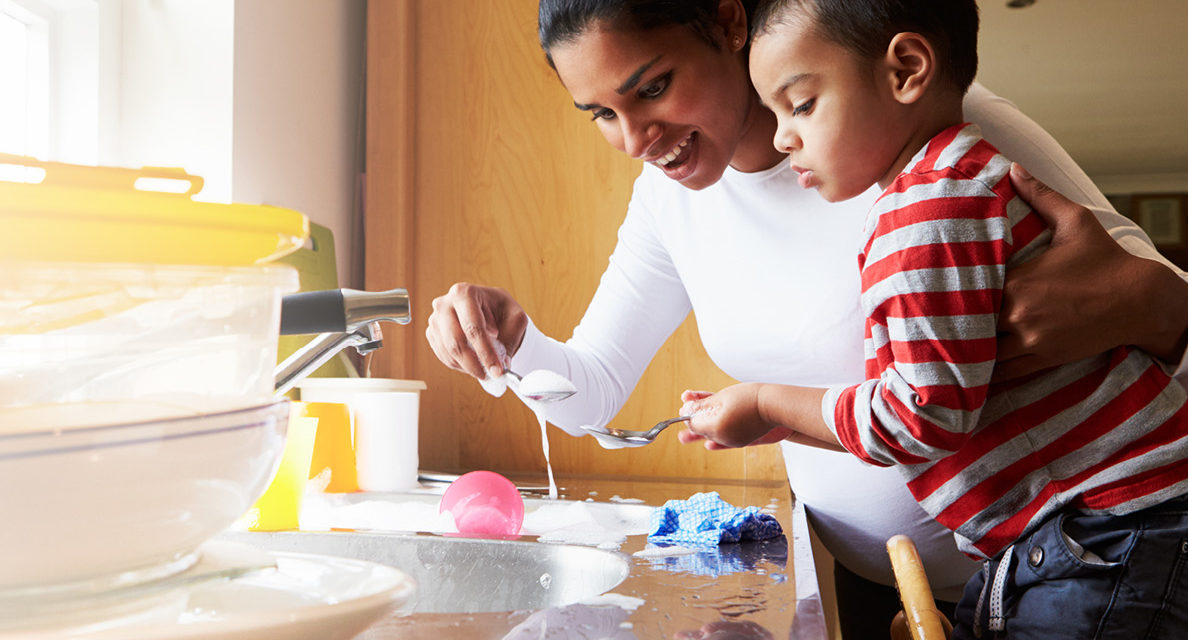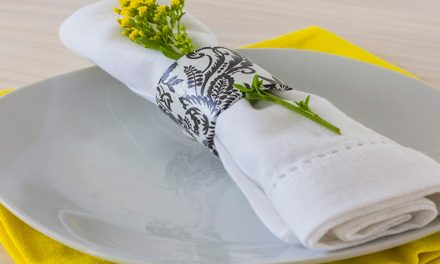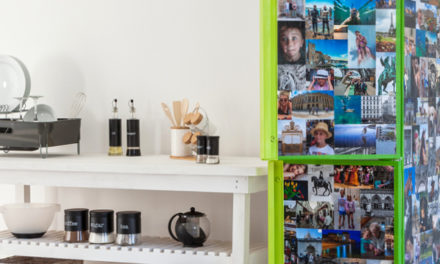Follow these easy steps to make your kitchen the green hub of your home.
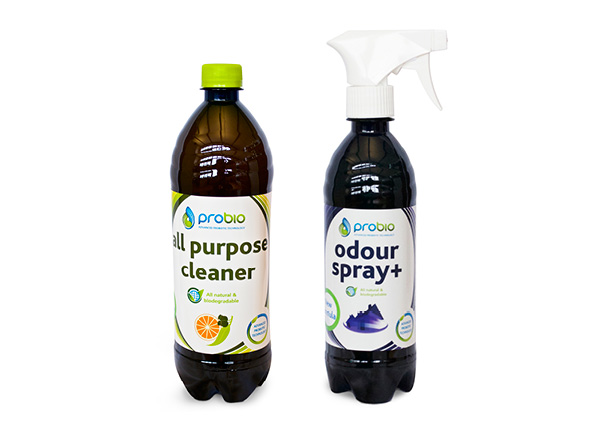
1. Cut the chemicals
The cleaning products we use contain all sorts of harsh and toxic chemicals that go down the drain and back into our water system – not to mention that they also go onto the surfaces we cook on, onto our skin and into our lungs. Recently, biological cleaners have been developed that use powerful microbes to break down oil and dirt rather than hazardous chemical ingredients, and actually do it better because they penetrate deeper. Probiotic cleaners, such as the Probio range, won’t harm you, or your pets or plants either. Unlike most enzyme-based products, Probio injects millions of living, beneficial microorganisms that clean and deodorise.
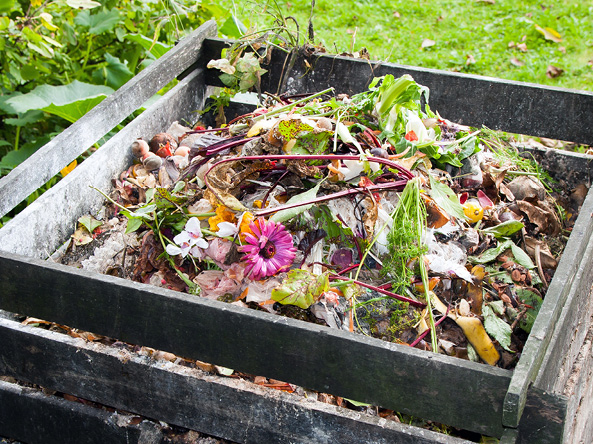
2. Get a compost bin
Fruit and vegetable peels, tea bags and coffee grounds, even egg boxes can all go into a separate bin in your kitchen and into a composter. Get it going with an organic compost maker – Probio has a good system that you can use indoors for all organic kitchen waste. The fermentation process is activated by Bokashi fermented bran which is enriched with beneficial microorganisms. After a couple of weeks your kitchen waste is ready to use to enrich your regular compost – which you should use to make a veggie garden. The green circle is complete. Another great compost bin is the Keter Dynamic Composter. Compost tumblers such as this one simply require you to fill the drum with compostable material, such as lawn trimmings and vegetable matter, and turn it every seven to 10 days.
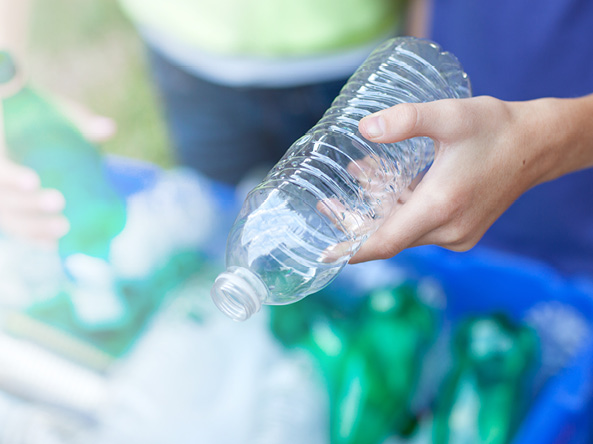
3. Recycle
Make space for recycle bins. The kitchen is where most of your household recyclables are handled – bottles (glass and plastic), tins, plastic and polystyrene trays from food packaging. Almost two-thirds of what we throw away can be recycled. Recycling prevents reusable material from ending up in landfills and saves energy. In many areas, the municipality collects recycling, or you can subscribe to a private collection service from your home. Or simply drop off your recycling at your nearest municipal facility – many have designated areas for plastic, tins, glass and paper.
Did you know: If you recycle just one aluminium cold drink can, you can save enough electricity to power a TV for three hours. Similarly, recycling a glass bottle saves enough to power a light bulb for four hours.
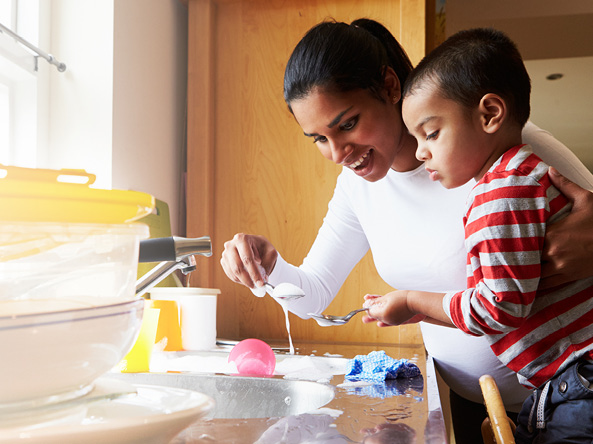
4. Save water
Install water-saving taps. Like the showerheads you can save on water and electricity by installing taps with aerators, which give the impression of a good flow of water, but the air bubbles actually mean you’re using less. Wash and rinse the dishes in a sink full of water, rather than doing it under a running tap.
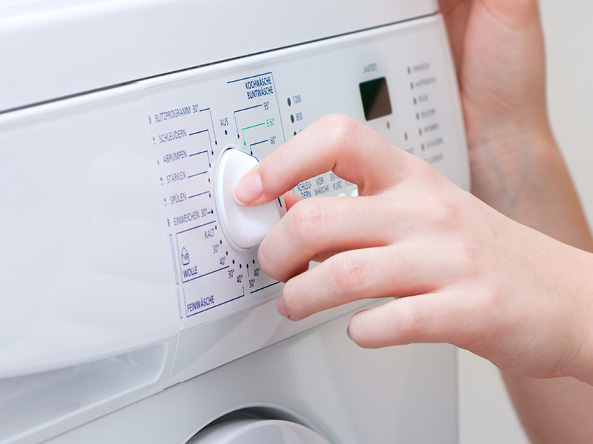
5. Stick to cold washes for your clothes
More than 80 percent of the energy used by your washing machine goes towards heating the water for a hot wash. So run the cold water cycle and make enormous savings. If you have a dishwasher, wait until it’s full before running it – or if your dishwasher has a “half load option”, be sure to select this setting if you’ve only packed the upper or lower shelf.
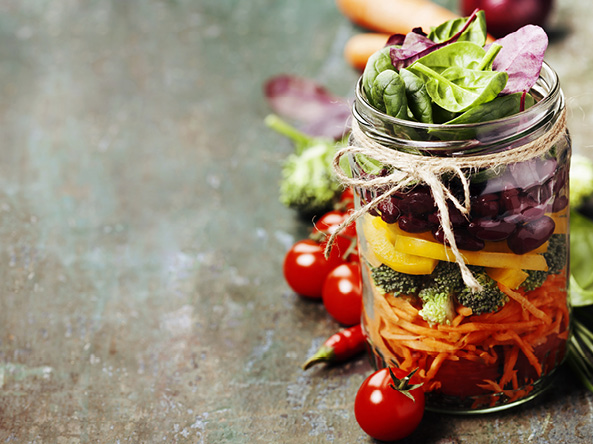
6. Go meat free once a week
Researchers at the University of Chicago found that if a family of four had a meat-free day once a week, it would have a more positive impact on the environment than it would if they swopped their conventional car for a hybrid car. That’s because farming livestock produces more greenhouse gas than the entire world’s transport industry. You’ve started that veggie garden, right?
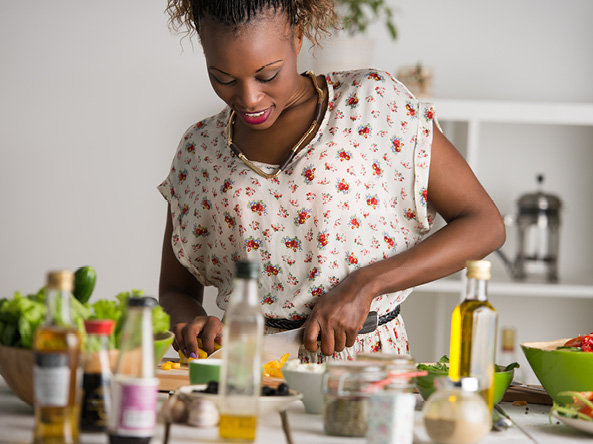
7. Home cooking is best
Home cooking is better for the planet. According to Greenpeace, home cooking has a smaller carbon footprint than ready-to-eat meals or fast food.
Tip: Get off the grid. A gas stove is clean and efficient, and one of the simplest sources of alternative energy.

